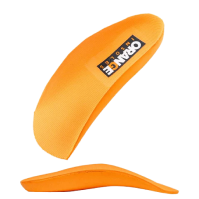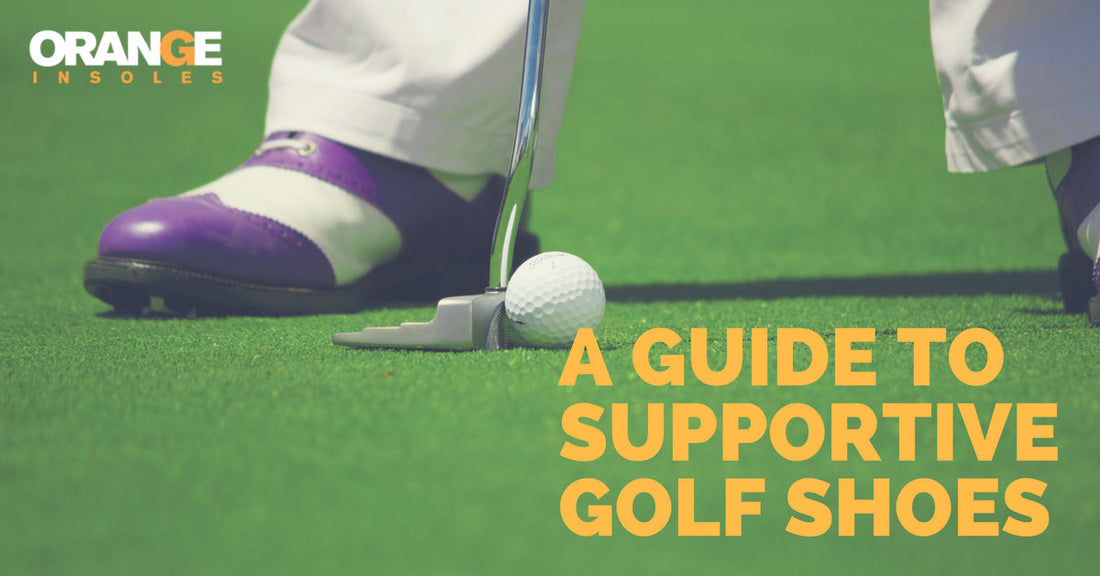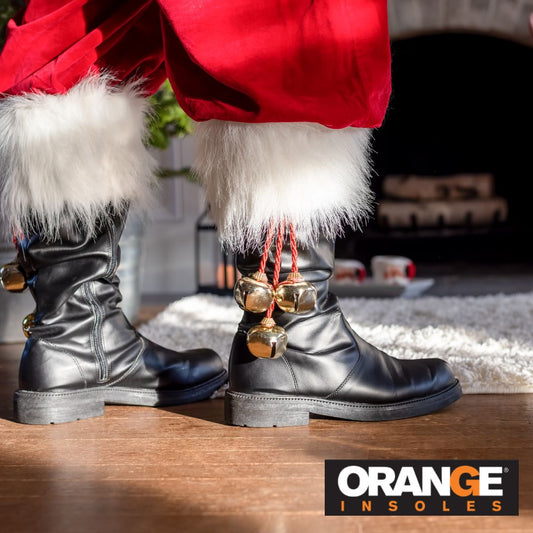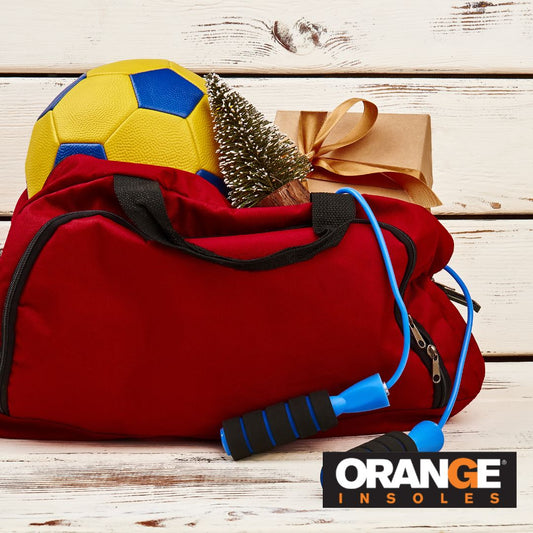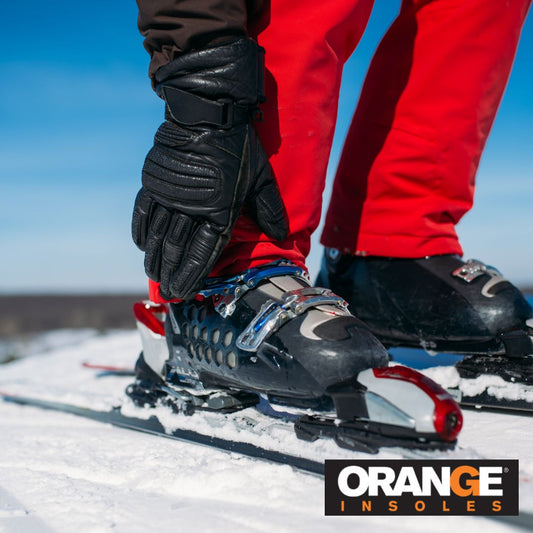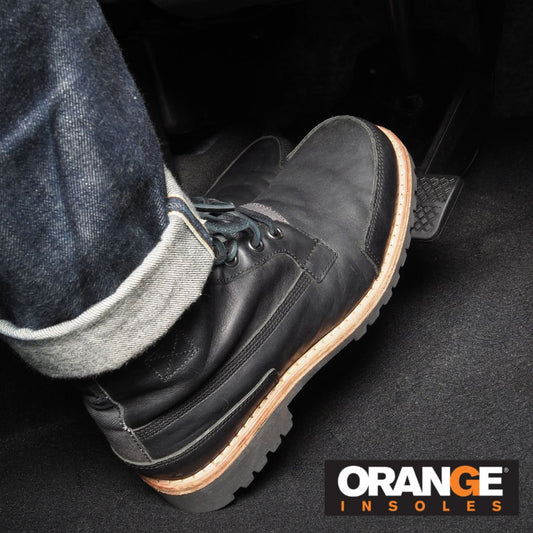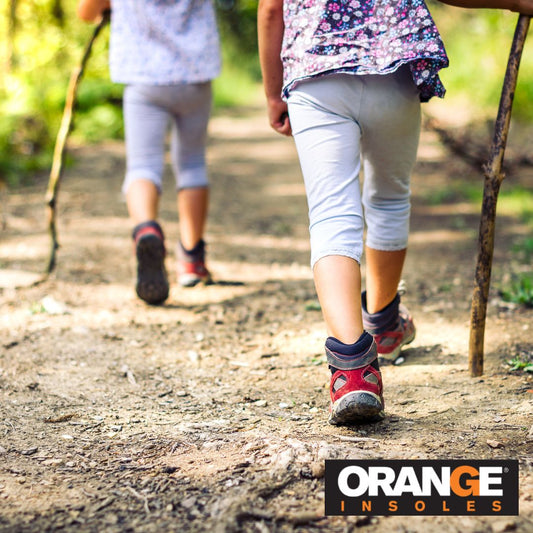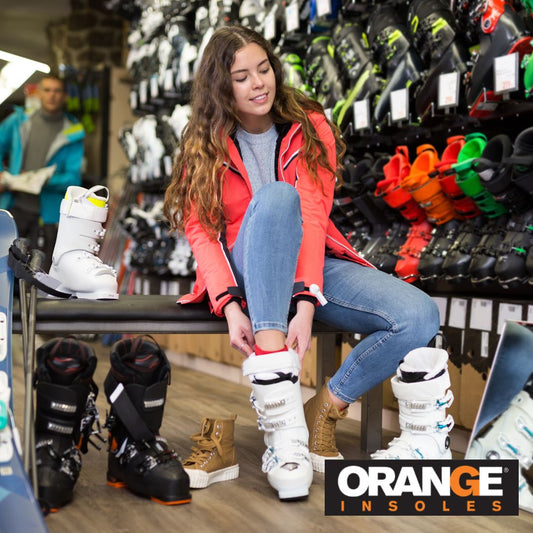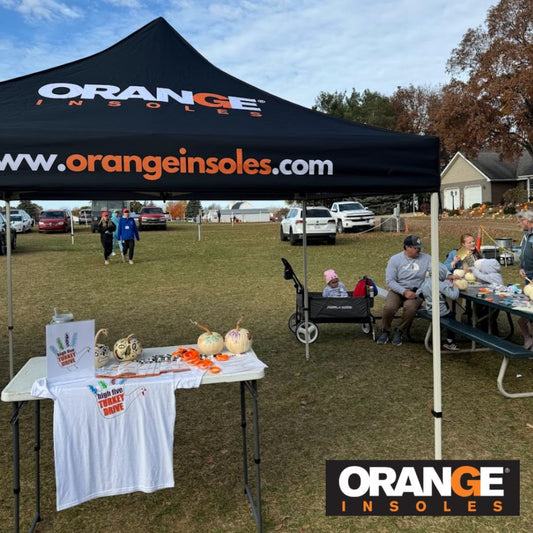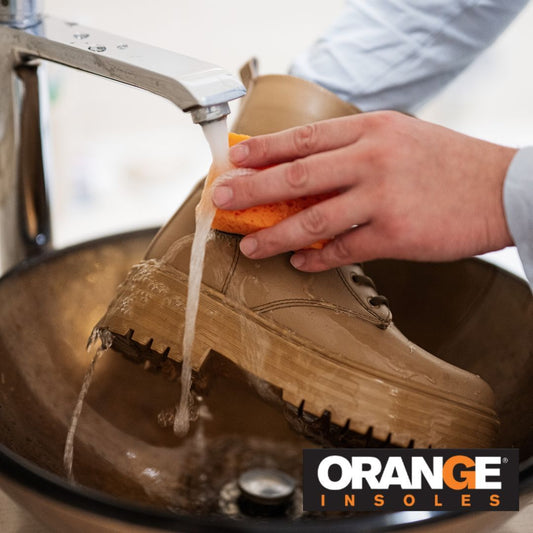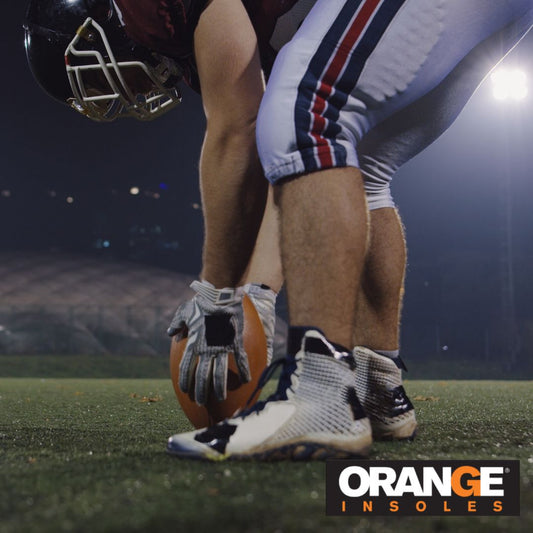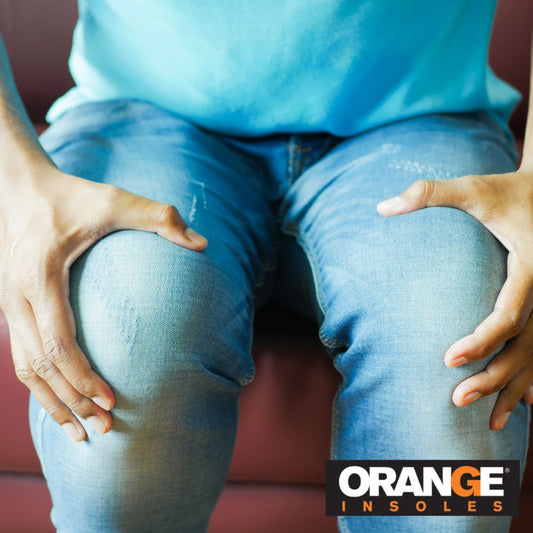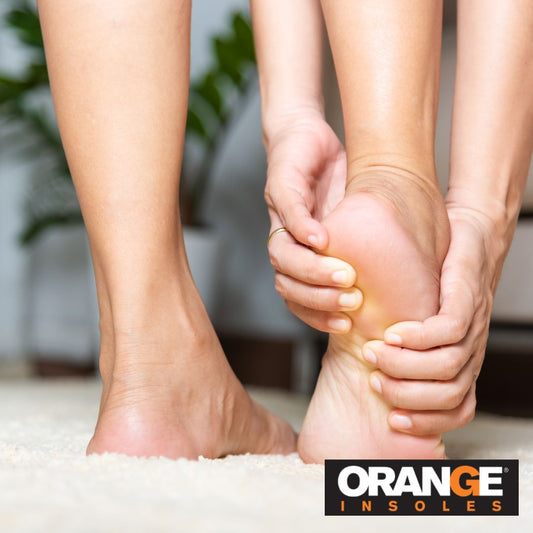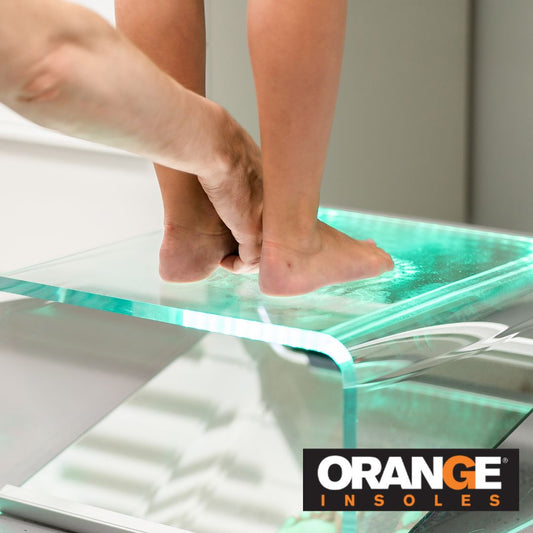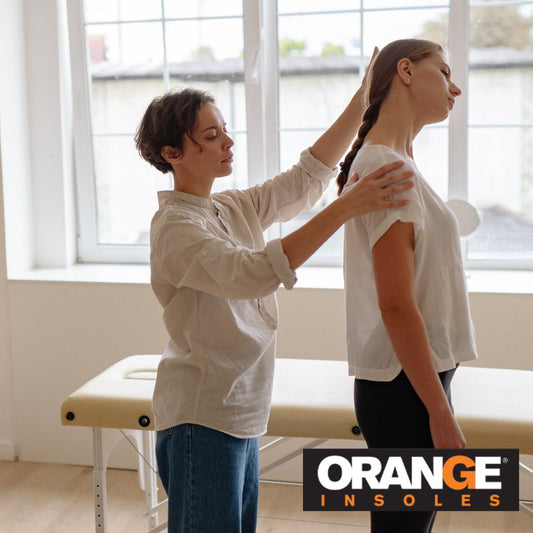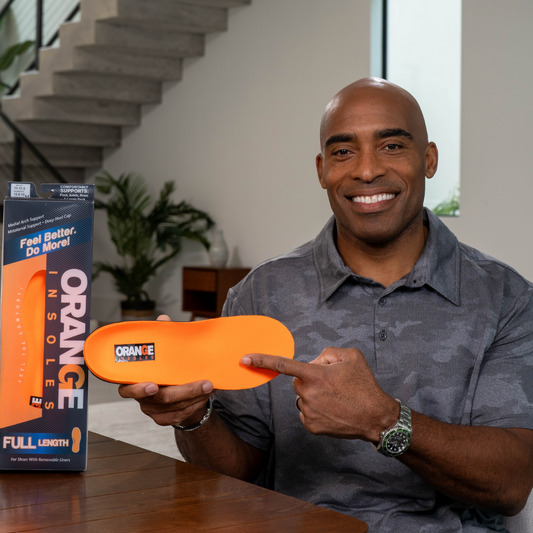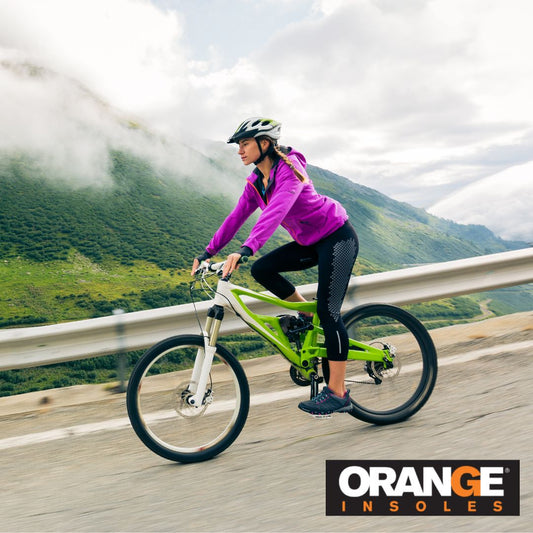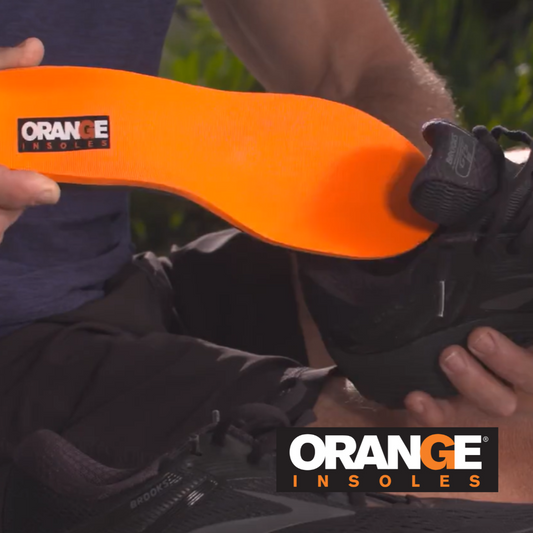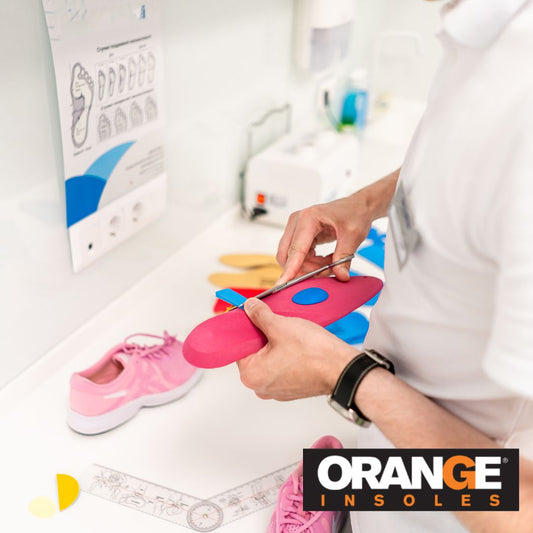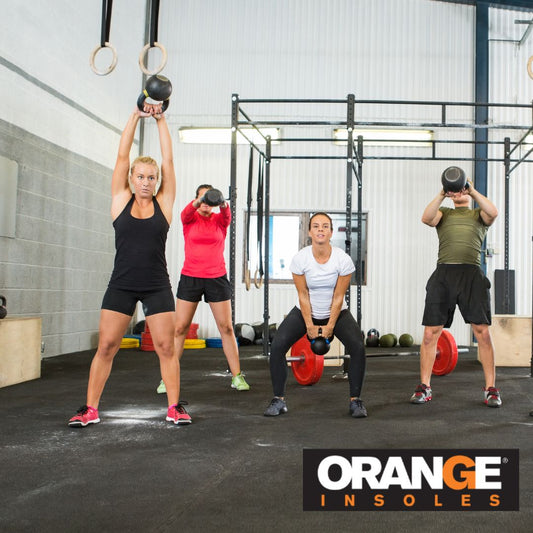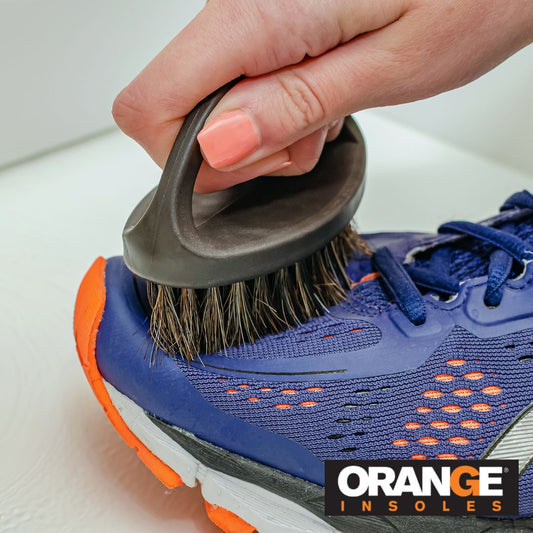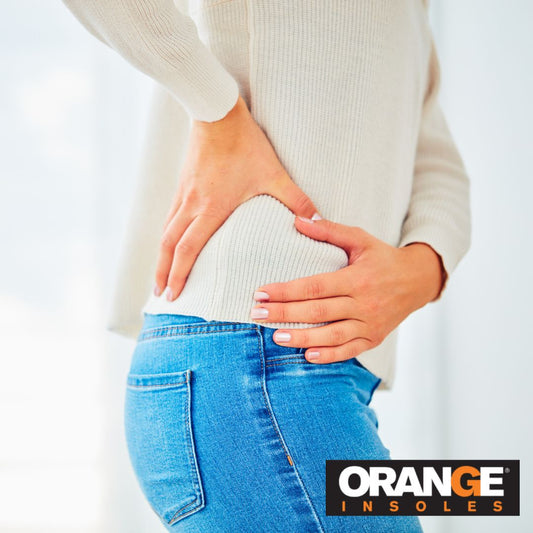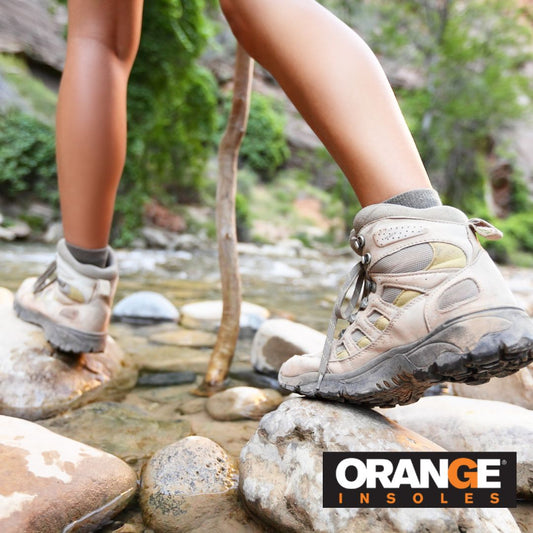If you’ve suffered the effects of foot injury or fatigue, you know the importance of choosing the right footwear. If you’re a golfer, you’ll be on your feet for hours at a time… so how do you find the most supportive golf shoes?
The Anatomy Of A Golf Shoe
First off, let’s take a quick look at what makes a golf shoe a golf shoe.
As we learned in our post on the Anatomy Of A Shoe, there are three primary parts to most shoes.
There’s the base, or outsole. This is where the rubber meets the road. (Or in this case, the fairway!)
Then there’s the midsole, which is the layer between the outsole and the foot itself.
Over all of it is the upper of the shoe, which is what holds the foot in. The upper doesn’t really impact support, but it can definitely impact the price point of a pair of shoes… after all, the look and style of a shoe is almost all about the upper.
When we’re talking about Golf Shoes, we’re talking about shoes that are usually smaller profile and lightweight. Traditionally, they have leather uppers, though some have moved to having mesh components. (Though, if you spend a lot of time in the sand, you’ll probably want to avoid too much mesh!)
They usually have a minimal midsole, without much contour. This means that there aren’t a lot of golf shoes with good arch support.
The base of the golf shoe is what really makes it special. Golf shoes used to be equipped with metal spikes to maintain traction. Nowadays, most golf shoes are equipped with rubber components, like cleats, that serve the same function.
Why Do Golfers Need Traction?
Golf shoes are designed to hold the foot in place.
A golf swing is a fairly complicated process, and the slightest variation of your movements can make a huge impact in the performance of your golf swing.
If you’re wearing a normal shoe, and your is slipping mid-swing, you could be losing power or stability and impacting your shot!
The spikes on the bottom of the shoe will help to anchor your foot throughout the swing, thus improving your shot.
Are Golf Shoes Supportive?
By and large, no.
Golf shoes run into many of the same issues as athletic cleats… there are weird pressure points caused by spikes that impact weight distribution. The base of the shoe is usually not as wide, which makes balance trickier. And there is usually a lack of contoured arch support in the midsole.
Can Supportive Shoes Impact Your Swing?
They certainly could.
Think about the purpose of the golf shoe: to hold you in place while you swing. So it stands to reason that any small unwanted motion can negatively impact the results of your golf swing.
Depending on your foot type, your feet may have a tendency to pronate, or roll in, when they lack good arch support.
If you are swinging, placing pressure on the inside of your foot as you shift your weight, your foot could shift and roll inward… causing unwanted motion in your foot, even while the shoe itself is anchored to the turf with the spikes!
Adding firm, contoured arch support to your golf shoes can help you keep your foot right where you want it.
Can Supportive Shoes Impact Your Health?
Here’s the most important part to take away: lack of supportive footwear can lead to foot injury and fatigue… which can impact your whole lower body.
Most people consider wearing supportive shoes while running… which makes sense! It’s a high impact activity, after all. But running isn’t the only time to protect your feet! After all, if you go for a five mile run, you’re out there on your feet for maybe a half hour.
When you’re golfing 18 holes, you’re out there for a minimum of four hours. (That is, if those yahoos in front of you don’t fiddle around the whole time. So more likely five hours.) Even if you’re using a cart to get from hole to hole, it’s a lot of walking, standing, and swinging going on.
So if you’re going to be on the course for so long, make sure you’re supporting your body with good footwear!
Are Supportive Golf Shoes Possible?
There’s a range of support options for golf shoes. The important thing is to look at the components of the shoe and rate them for support.
A wider outsole is a plus. And a contoured midsole with arch support is ideal.
Of course, golf is a pretty traditional sport, so chances are you’ll find a lot of traditional golf shoes… which, traditionally, are not that supportive.
If you’re having a hard time finding good support options for your next pair of golf shoes, you may want to consider adding a supportive insole.
Orange Insoles have a heel cup to help keep the foot from moving around, medial arch support to prevent overpronation, and a metatarsal pad to relieve pressure from the forefoot. All great things to add to a golf shoe.
And they come in styles and sizes to fit most any type of shoe.
Check out our inventory today and add support to your swing!

